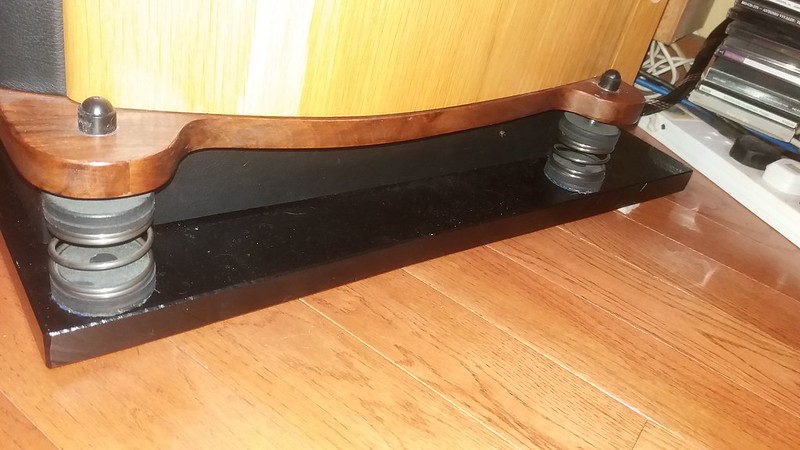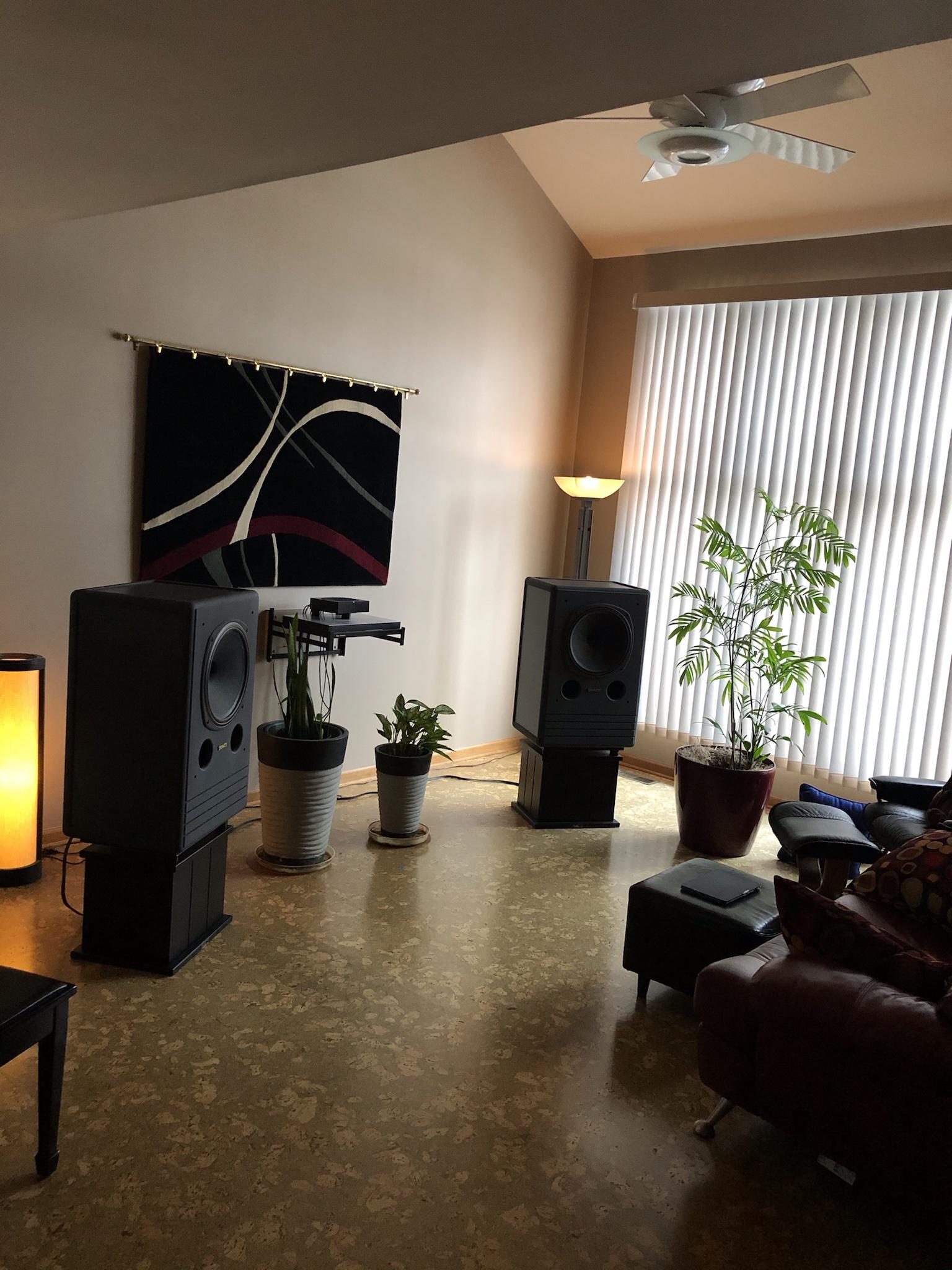That's another interesting point - what would be perfect speaker isolation? Is it a 500kg speaker hanging from long ropes or would it be attached utterly rigidly to a concrete floor (with rugs to cut reflections) or would those two be the same?
Presumably, the best isolation answers change (for a given sound volume) as the speaker's mass falls - so how should I view my 36kg B&Ws? What does putting a layer of (say) Sorbothane under them do? Are we simply trying to prevent a vibrating speaker from making the floor shake, which then means that the speaker is shaking, which then...?



